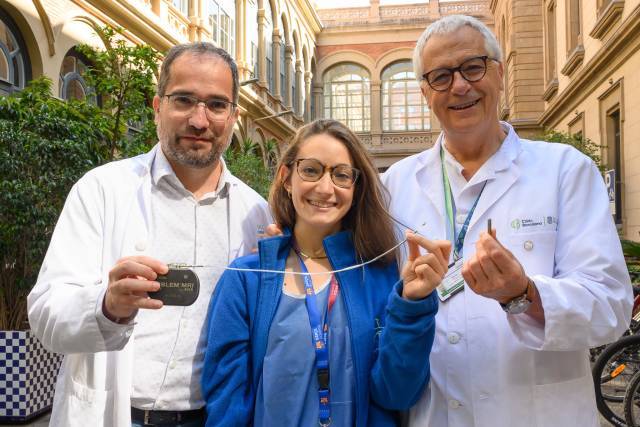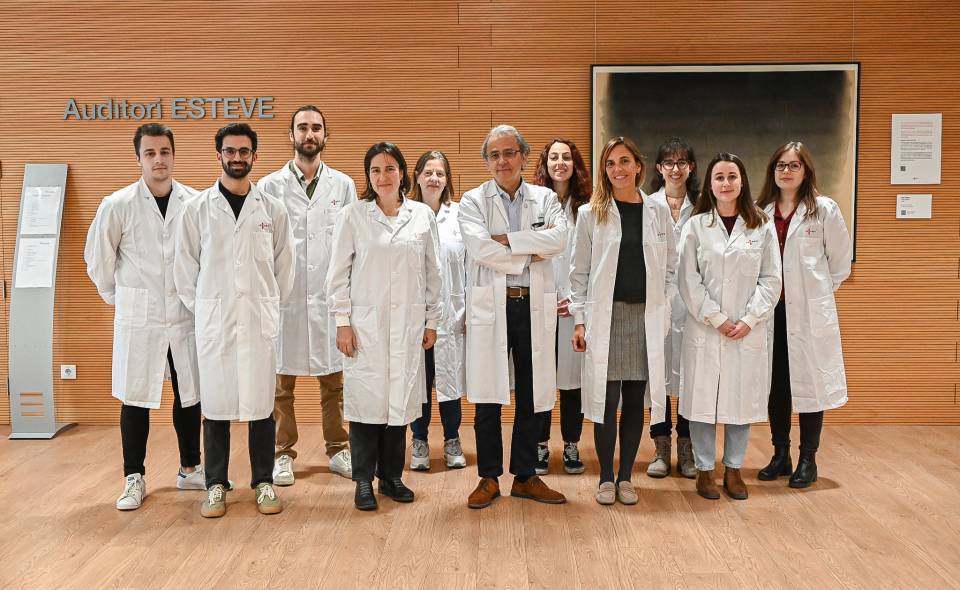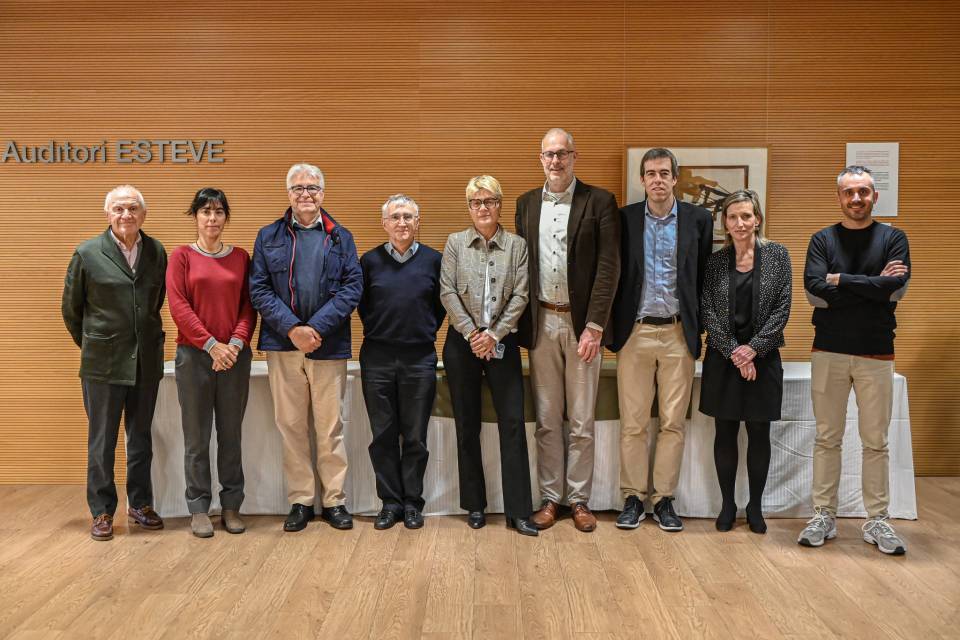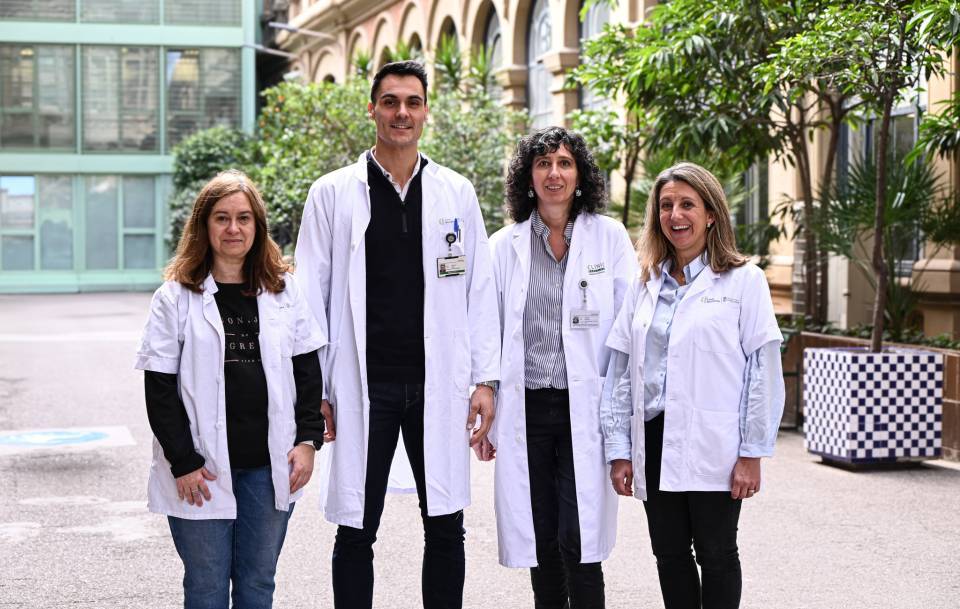This wireless device incorporates a leadless pacemaker and a defibrillator, which avoid the complications associated with intravenous leads, such as lead fractures or infections.
Dr. Lluís Mont, head of the Atrial Fibrillation Unit and the Biopathology and Cardiac Arrhythmias group, as senior author, and Dr. José M. Tolosana, from the same team, participated in the Steering Group for the study, which was published in the New England Journal of Medicine (NEJM). The Clínic-IDIBAPS was the only Spanish hospital to take part in the study.
Arrhythmias are abnormal heart rhythms, where the heart can beat too fast (tachycardia), too slowly (bradycardia) or irregularly. These abnormalities can be benign and cause no symptoms or can cause serious symptoms such as dizziness, shortness of breath, chest pain or fainting. Among the most dangerous arrhythmias are ventricular fibrillation and ventricular tachycardia, which can lead to sudden cardiac death if they are not treated quickly.
The traditional treatment for patients with ventricular arrhythmias who are at risk of sudden death is the transvenous implantable cardioverter-defibrillator, which monitors the heartbeat, delivers shocks when a dangerous arrhythmia is detected or tiny electrical impulses like a pacemaker when the heart beats too slowly. These devices can cause complications due to infections, electrode migration and adverse reactions to the device, which increase over time. The appearance of subcutaneous defibrillators, which are implanted under the skin and are less invasive, improved these complications but do not allow for stimulation for slow heart rhythms or the stimulation of fast heart rhythms, to stop tachycardia avoiding an electric shock.
A new wireless device to avoid sudden death
The study published in the NEJM investigated the safety and effectiveness of a new modular device consisting of a subcutaneous defibrillator and a leadless pacemaker in patients with ventricular arrhythmias who are at risk of sudden death. The study was conducted with 162 patients, 20 of whom were treated at the Hospital Clínic Barcelona and were followed up for six months.

The study shows that this new wireless system made up of two devices had no communication problems, and that the pacemaker and defibrillator worked effectively and without complications.
“This study will have important clinical implications, as it will change the paradigm of the treatment of patients with ventricular arrhythmia who are at risk of sudden death, since they will be able to benefit from both types of stimulation, avoiding the complications caused by the systems with leads”, explains Dr. Lluís Mont.
Study reference:
Knops RE, Lloyd MS, Roberts PR, Wright DJ, Boersma LVA, Doshi R, Friedman PA, Neuzil P, Blomström-Lundqvist C, Bongiorni MG, Burke MC, Gras D, Kutalek SP, Amin AK, Fu EY, Epstein LM, Tolosana JM, Callahan TD, Aasbo JD, Augostini R, Manyam H, Nair DG, Mondésert B, Su WW, Pepper C, Miller MA, Grammes J, Saleh K, Marquie C, Merchant FM, Cha YM, Cunnington C, Frankel DS, West J, Matznick E, Swackhamer B, Brisben AJ, Weinstock J, Stein KM, Reddy VY, Mont L; MODULAR ATP Investigators. A Modular Communicative Leadless Pacing-Defibrillator System. N Engl J Med. 2024 May 18. doi: 10.1056/NEJMoa2401807.




